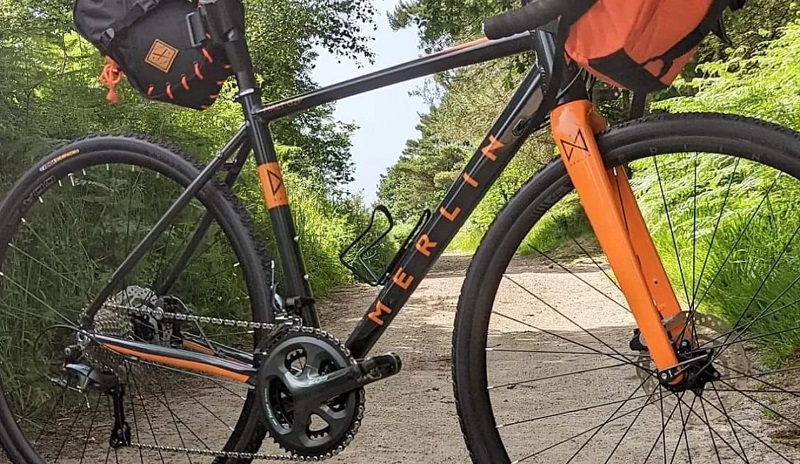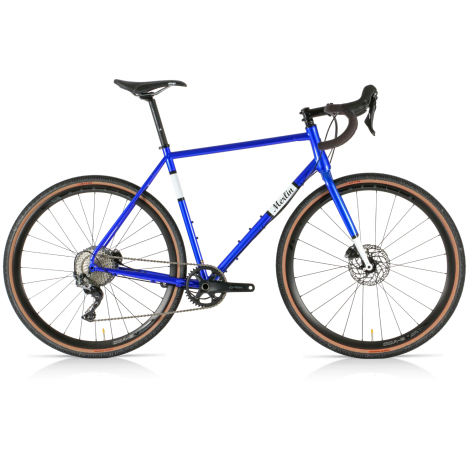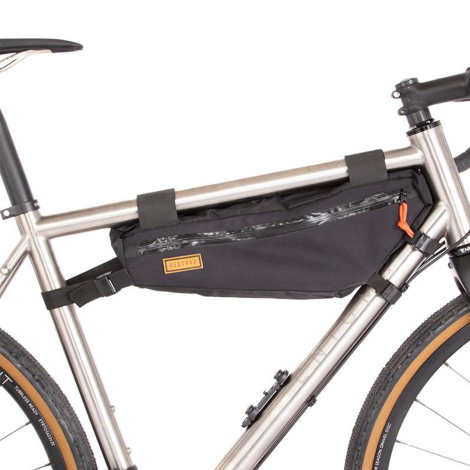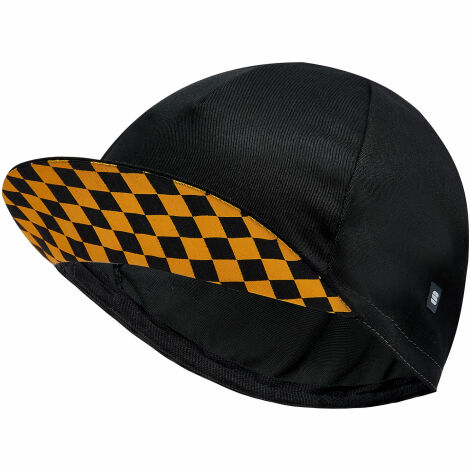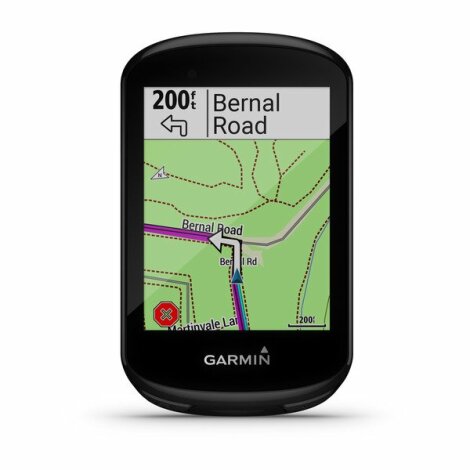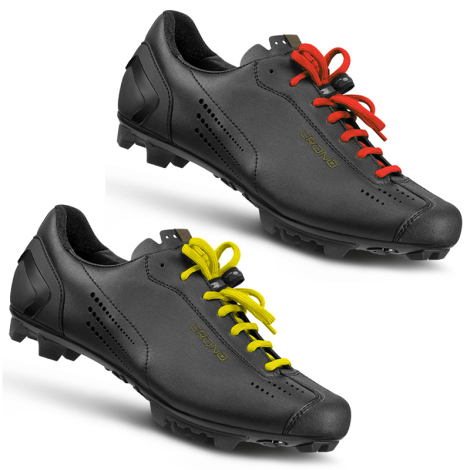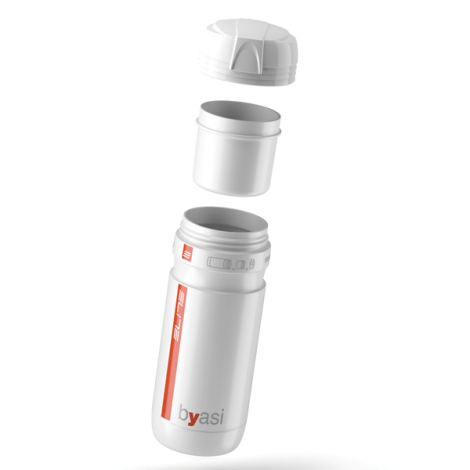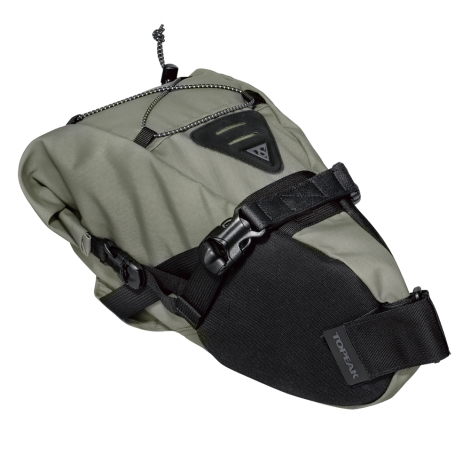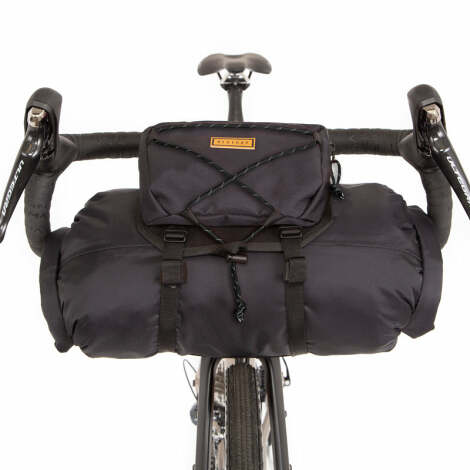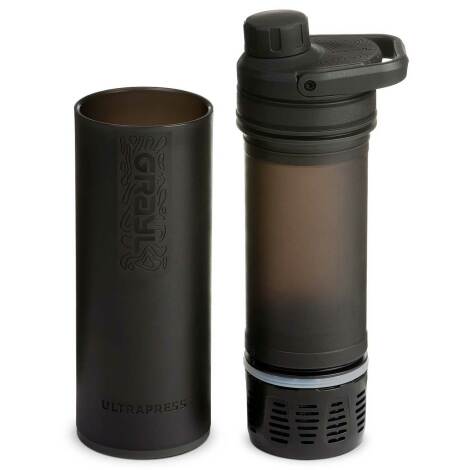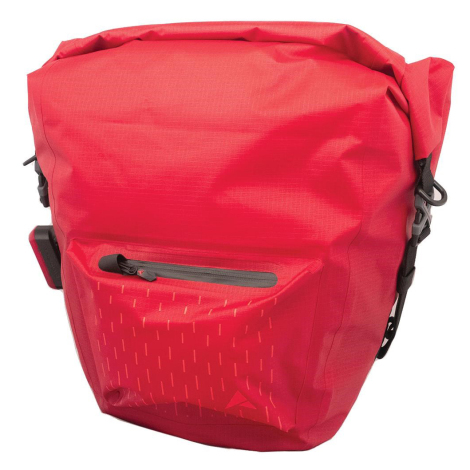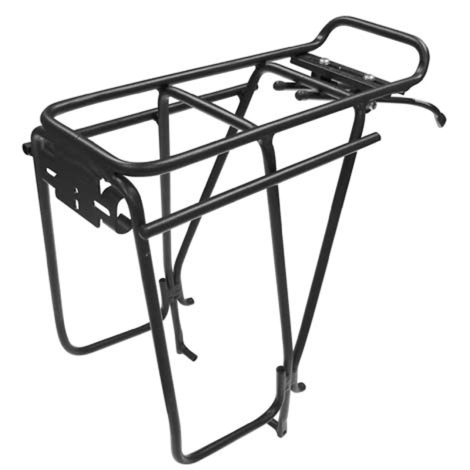Have you ever dreamt of loading up your bike with essentials and hitting the roads and trails? Long summer days are ideal for Bikepacking, spending time in the saddle and seeing somewhere new.
What is Bikepacking?
Whether it’s a simple local overnight trip or a multi-day foreign extravaganza, self-sufficient trips away by bike are covered by the catch-all term Bikepacking. “Is that not just ‘Touring’ but in a checked flannel shirt?” I hear you ask… Well, bike touring was, and still is, predominantly road based on specific (often steel framed) touring bikes. Bikepacking is Touring’s funky, young cousin, with a taste for off-road adventure and the call of the wild.
Plan or Freestyle
There are a couple of ways to approach a bikepacking trip. The first and most exciting way is to load up and set off without a destination in mind, or even a plan, follow where the wind takes you. The second is the opposite; plan a route, ride to a schedule and know exactly where you will be at any time. It depends what type of person you are, spontaneous risk taker, or someone who takes the Swiss Architect approach to planning. Do you stack a dishwasher with absolute precision or just chuck everything in and hope for the best…
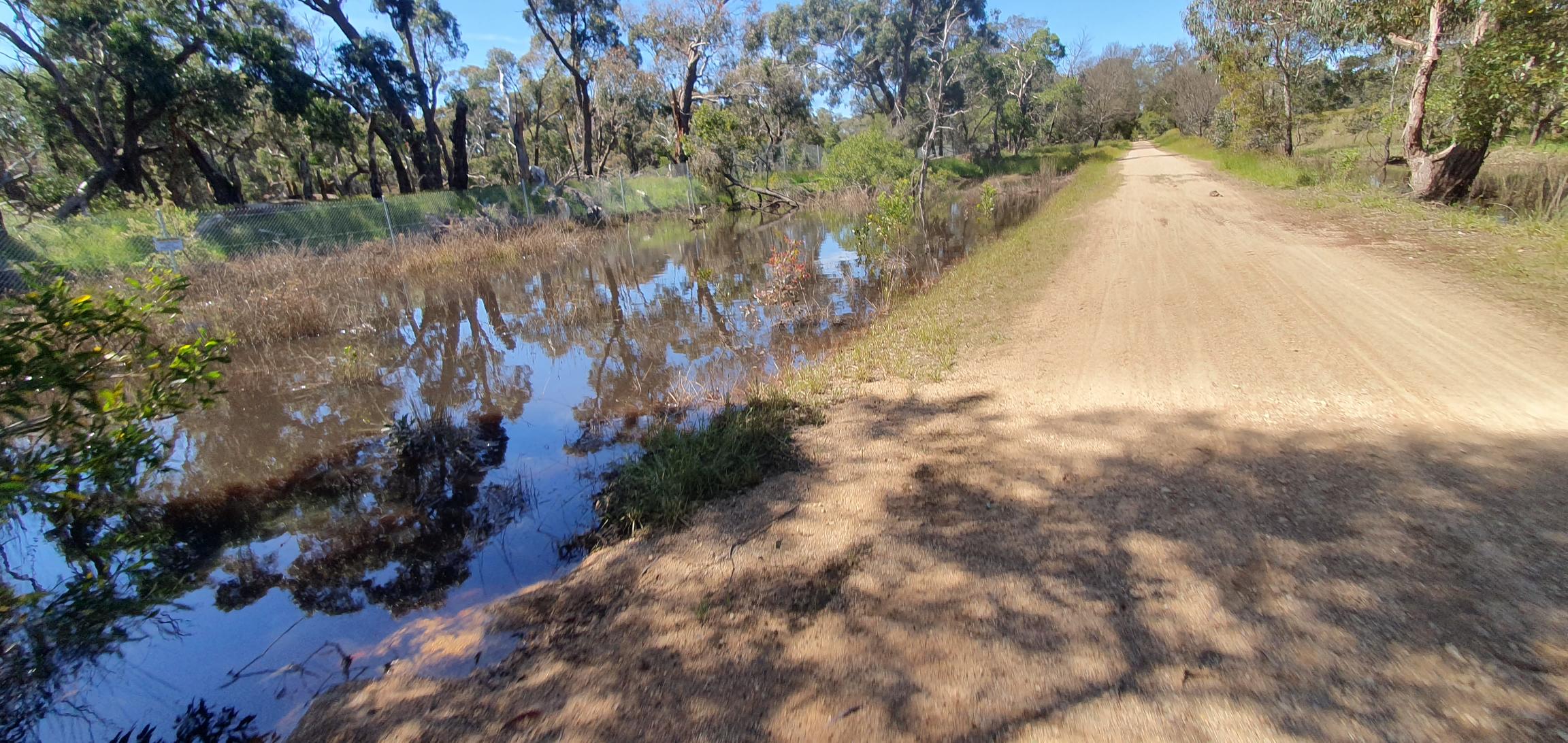
However you approach the planning (or not), there are almost limitless options. The type of trip is probably the big decision; how many days, a big loop or place to place, there are endless possibilities. If you live near a train line, you might be able to cut out ‘that boring bit’ and use the train. Luckily there is a wealth of online information, videos and apps which can help with ideas, guidance and good old not-getting-lost.
GPS
Using a GPS computer can make things much easier, particularly if your device has detailed mapping of trails and tracks as well as roads. If you are big on planning, plotting a GPX file route on an app such as Strava, can make things much easier allowing you to relax and enjoy surroundings on the ride and follow direction prompts, rather than constantly looking down at the route or constantly unfolding and folding a paper map..
Credit-Card Touring
While many would argue ‘proper’ bikepacking has to involve being self-sufficient and carrying your own sleep accommodation (usually a small lightweight tent, hammock or bivvy), there is another option. Using regular overnight accommodation, such as a B&B, Hotel or Hostel – Credit card Touring. While this has benefits such as hot water, flushing toilets, electricity and no animals trying to eat you, it is usually more expensive and a lot less adventurous. You probably won’t have as many stories to tell at the end of your trip. Although not carrying a tent and sleeping bag and having a proper bed to sleep in could be quite tempting for some. Breaking up a longer Bikepacking trip with nights in proper accommodation would give you an opportunity to charge devices and wash & dry your clothing.
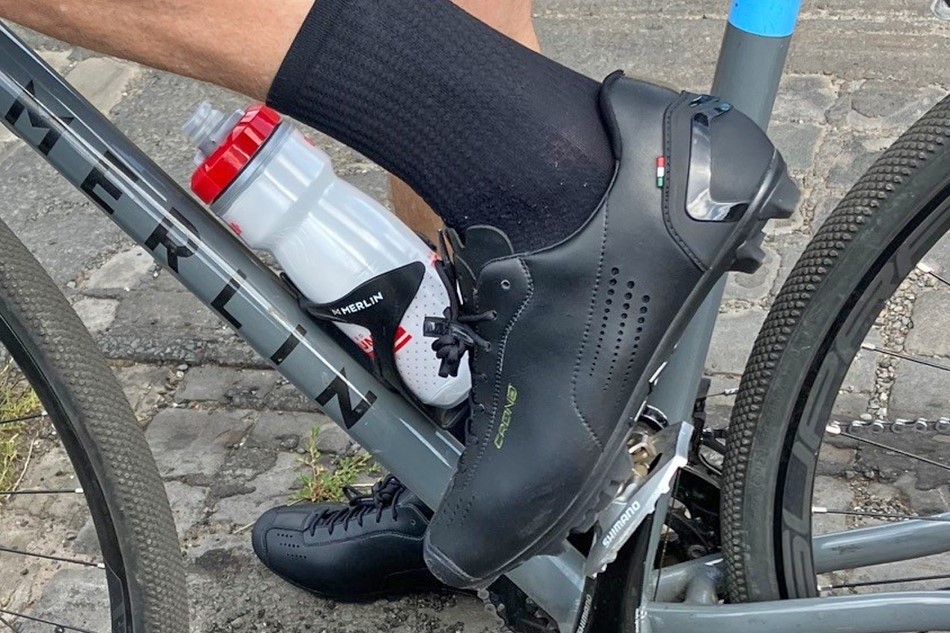
What Bike?
The popularity of gravel bikes and the on / off road flexibility they offer, has led to a huge increase in the range of bags and on-bike luggage. Many gravel bikes have eyelets fitted for panniers and racks. However, the great thing about Bikepacking is that you don’t need a specific bike, any bike that is comfortable for long distances, over your chosen terrain is ideal. It’s more about reliable comfort than lightweight and speed. Those bikes without eyelets for racks need not miss out on all the fun. There are lots of bags and packs available which mount securely with straps and give virtually any bike the ability to take on a short trip. Shorter trips with less need for stuff could easily be done with a small rucksack too, however, these can get uncomfortable after a while.
What Do I Need to Go Bikepacking?
As a minimum, for an overnight trip and assuming your bike is well-maintained, you could take the same bike-kit essentials that you would take on a regular long ride;
- Inner Tubes
- Puncture Repair / Tubeless Plugs
- Pump or CO2 Cartridges
- Multi-Tool
- Money / Cards
- Phone
In addition you will obviously need food & drinks as well as your tent / bag / bivvy for your night-out. Because you are riding for two consecutive days you need to think about your hygiene. Can you get a shower or a decent wash and clean your teeth? You will also need clothing when you are not riding and clothing for the following day riding home.
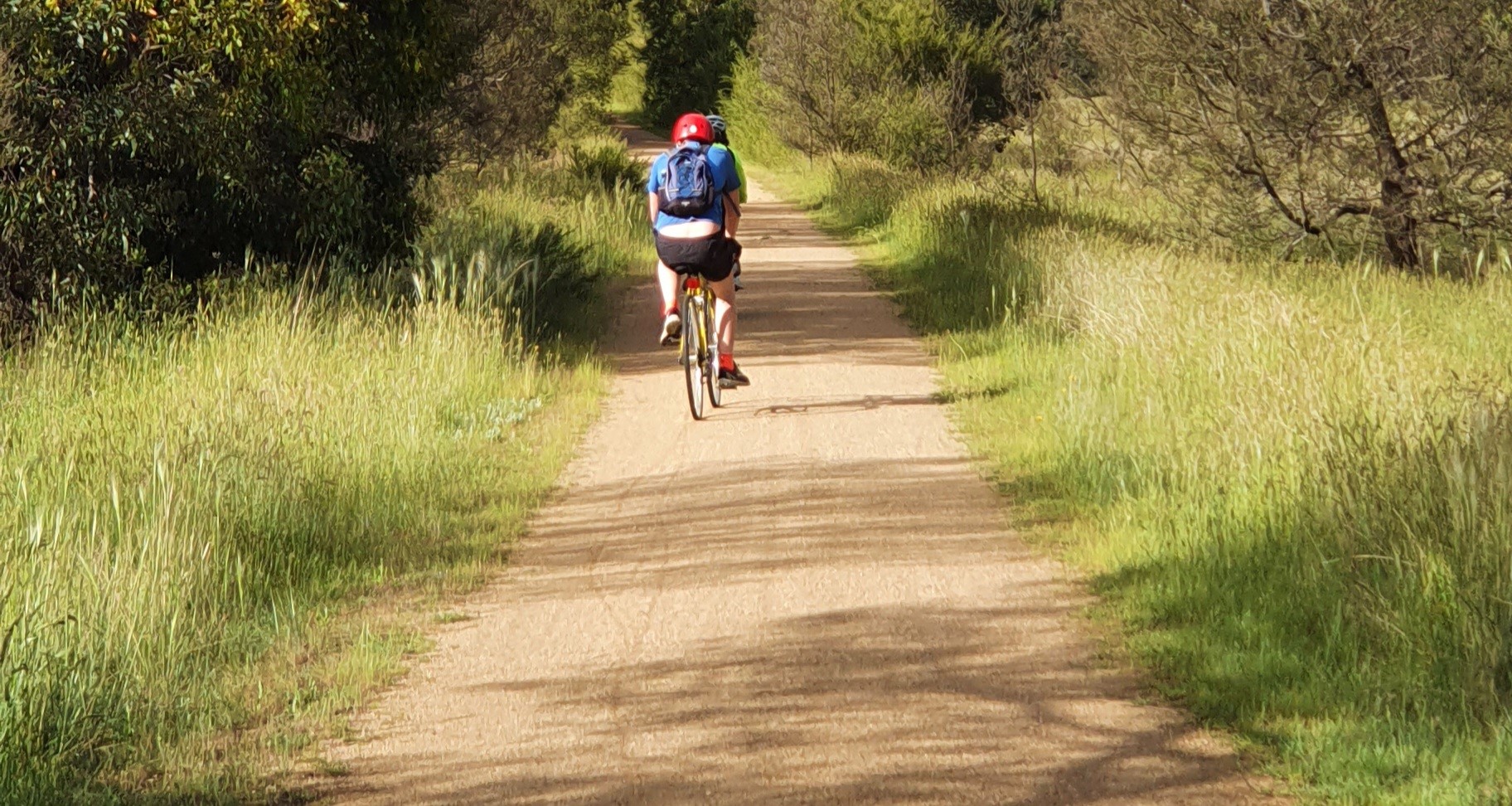
Longer Trips
Packing for longer trips takes a bit more thought. Keeping the weight of baggage as low as possible and central on the bike will keep the handling manageable and balanced. This gets more difficult the more stuff you take. If your bike has extra bottle cage mounts on the underside of the down-tube, these are great for extra tools in a tool storage bottle, rather than searching through bags. When you are taking full sleeping and cooking kit, it is a good idea to have a trial pack / unpack and test the equipment before you head off.
For longer trips or trips further away from civilisation, you might want to add more emergency repair stuff. Things like zip-ties, tape and extra tools, plug-in battery for your phone, just in case. It is also worth taking empty carrier bags for wet or sweaty clothes and rubbish.
Ride Share
If you are heading off with others, this can help spread the burden of carrying a lot of stuff. Sharing cooking equipment, emergency tools, sunscreen, toothpaste and toiletries makes sense rather than everyone taking what they need. Although it is at times like this when you learn how reliable ride mates are…
Once you’ve had your first trip, you will no doubt be planning another. Or, if things didn’t quite go to plan, you will at least, really appreciate your own bed and comforts of home…
Bikepacking Kit

